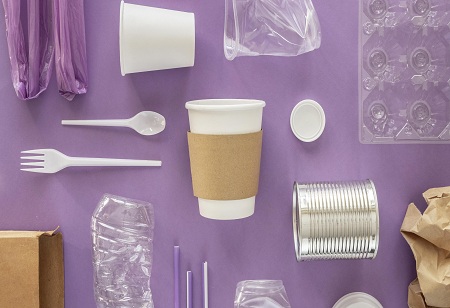 The choice of plastic packaging is very important because it directly affects the strength, durability, and environmental impact of the package. Manufacturers offer a variety of plastic products, each with their unique characteristics. Two common types are polyethylene (PE) and polyethylene terephthalate (PET).
The choice of plastic packaging is very important because it directly affects the strength, durability, and environmental impact of the package. Manufacturers offer a variety of plastic products, each with their unique characteristics. Two common types are polyethylene (PE) and polyethylene terephthalate (PET).
Known for its flexibility and strength, polyethylene is a good choice for products that require impact resistance. Consider the state of the collection of mechanical parts. These pieces can vary in size and shape, and a polyethylene bag can be made to fit each piece, to provide good protection during transport. Highly resistant to chemicals and moisture, it is ideal for items that need protection from the elements.
On the other hand, PET is a transparent plastic, very transparent and repeatable. A material used in the manufacture of products that focus on exposure, such as cosmetics or food. If your product relies on visual presentation, choosing a PET package will allow you to present your product and its features while maintaining proper care. Also, as consumers become more environmentally conscious, PET recycling will become an important selling point.
It is important to consider the environmental impact when choosing materials. Bioplastics and recycling are becoming increasingly popular as a sustainable alternative. For example, bioplastics made from renewable materials such as corn starch or sugarcane can be an environmentally friendly option that meets consumers' needs for green packaging.
“The industry faces challenges, including fluctuating crude oil prices affecting costs, stringent environmental regulations requiring substantial investments, and the need to develop eco-friendly alternatives. Balancing quality with cost-effectiveness poses another hurdle, while effective recycling and circular economy efforts are vital,” says Sanjay Kumar Palsania, Chairman, Vizcol.
We use cookies to ensure you get the best experience on our website. Read more...